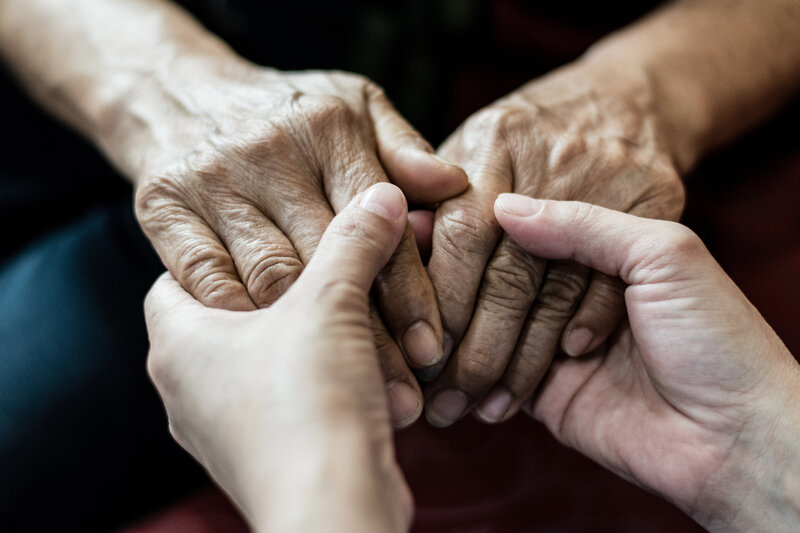Cancer impacts people of all ages, ethnicities, races, and sexes – but it does not affect them equally. Differences in environmental exposures, genetics, hormones, and other factors are influential. However, for most cancers, age is a vital risk factor.
The National Cancer Institute’s annual report includes short- and long-term trends. The long-term trends reflect data since 2001, while short-term trends have the most recent five years (2012-2016 for incidence and 2013-2017 for mortality).
The 2020 report noted cancer death rates decreased 1.8% per year (on average) among males and 1.4% per year (on average) among females. Meanwhile, 11 of the 19 most common cancers in men showed decreases in mortality. In women, 14 of the 20 most common cancers showed declines.
About 600,00 cancer deaths occurred in 2017. The most common causes of death in females were lung, breast, and colorectal cancers. The three most common in males were lung, prostate, and colorectal cancers.
Also, four types of cancer – lung (24%), colorectal (9%), breast (7%), and prostate (5%) – accounted for almost half of all cancer deaths in 2017.
Pancreatic cancer, the fourth most common cause of cancer death among females and males, accounted for 7% of deaths.
Chance of Cancer by Age
The median age at diagnosis is 66. (This means half of all new cancer cases are found before then, half are diagnosed later.) The diagnoses for all types of cancer:
- Under 20 – 1%
- 20-34 –3%
- 35-44 – 5%
- 45-54 – 14%
- 55-64 – 24%
- 65-74 – 25%
- 75-84 – 20%
- 85 and over – 8%
As you can see, 77% of all cancer cases occur at age 55 or later. The median ages at diagnosis by cancers types include:
- Bladder – 73
- Lung – 71
- Pancreas – 70
- Colon – 67
- Prostate – 66
- Melanoma – 65
- Ovary – 63
- Breast – 62
- Cervix – 50
Common cancers and their age ranges
For perspective, these are 10 common cancers and the age when they are most often diagnosed:
Most brain cancer diagnoses are in individuals 65 or older. Signs of brain cancer vary depending on location, size, and type of tumor. Still, common symptoms include vision problems, seizures, personality changes, memory loss, and headaches.
Women over 30 are those most often diagnosed with breast cancer. The National Cancer Institute notes that regardless of age, alcohol consumption, breast density, and family history increases breast cancer risk.
Cervical cancer most often develops in women between 35 and 44. According to the National Institutes of Health, the five-year survival rate for cervical cancer is almost 75%.
The majority of lung cancer cases develop after the age of 45. Two out of three cases – about 66% – are diagnosed in people over 65. The average age of those with a lung cancer diagnosis is 71.
Lymphomas affect the lymph nodes. According to the American Cancer Society, Hodgkin lymphoma is commonly diagnosed when someone is in their 20s. However, the risk increases again at age 55.
Melanoma is common cancer in younger adults, particularly in women. Less common than squamous cell carcinoma (SCC) or basal cell carcinoma, melanoma usually appears on the legs or back. A standard indicator is a change in an existing mole (or growth of a new mole). The average age for a diagnosis is 63.
Ovarian cancer risk increases with age. It generally develops after the onset of menopause, with half of the diagnoses coming after 63.
Prostate cancer is likely to be diagnosed in those with a family history of cancer. It generally affects people over 50, with most cases diagnosed between 65 and 69. The risk increases the older you get.
The average age of being diagnosed with testicular cancer is 33. Although uncommon, it is the most common cancer to affect men between the ages of 15 and 49.
Women, who develop thyroid cancer more often than men, generally are in their 40s and 50s when diagnosed; most men are in their 60s and 70s.
Citations
[1] Annual Report to the Nation on the Status of Cancer. https://seer.cancer.gov/report_to_nation/

